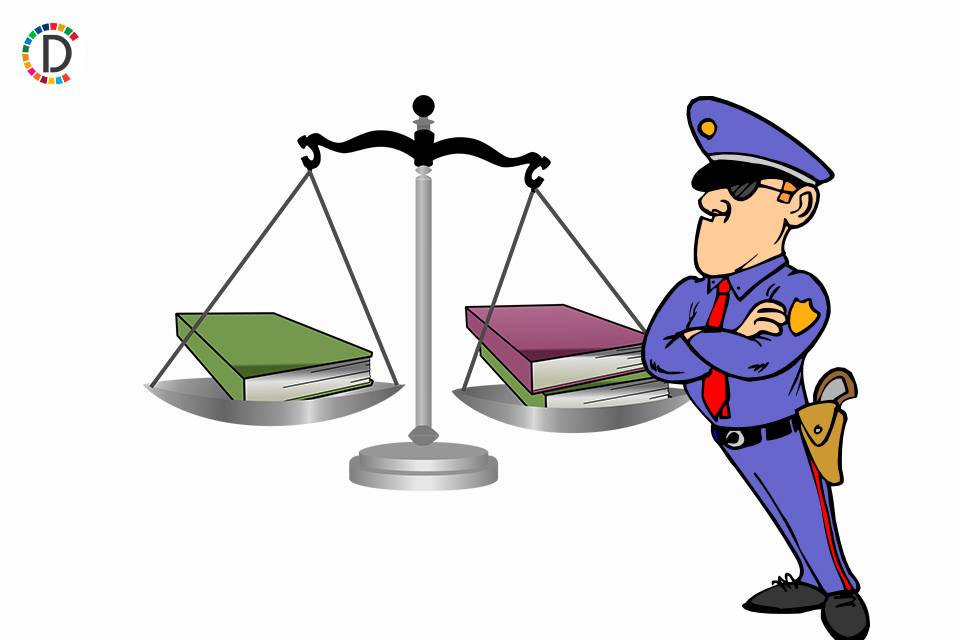PM Modi to lead grand celebration of Sardar Patel's 150th birth anniversary in Ekta Nagar

- Country:
- India
Prime Minister Narendra Modi will lead the 150th birth anniversary celebrations of Sardar Vallabhbhai Patel on Friday at Ekta Nagar in Gujarat's Narmada district, home to the 'Statue of Unity', the world's tallest statue honouring India's first home minister.
This year's Rashtriya Ekta Diwas celebrations, which commemorate the birth anniversary of the 'Iron Man of India', will include a cultural festival and the National Unity Day parade by security forces, showcasing their skills, discipline and valour, an official statement said.
The parade, which marks the 150th birth anniversary of Sardar Patel, will be organised at Ekta Nagar, where the 182-metre-tall Statue of Unity stands.
One of the major attractions of this year's celebrations at Ekta Nagar will be the ''Republic Day-style'' parade of the armed forces along with decorative tableaus, a Gujarat government release said, adding that 10 tableaus, including of the state, will be presented during the parade.
Union Home Minister Amit Shah made this announcement on Thursday while addressing a press conference in Bihar.
Shah said that from now on, a grand parade would be held every October 31 in Ekta Nagar to mark Sardar Patel's birth anniversary.
Gujarat's tableau will highlight Sardar Patel's invaluable contribution in uniting the country, the release said.
On Friday morning, the prime minister will offer floral tribute at the Statue of Unity, which will be followed by Rashtriya Ekta Diwas celebrations. He will administer the Ekta Diwas pledge and witness the parade.
Contingents of the Border Security Force (BSF), Central Reserve Police Force (CRPF), Central Industrial Security Force (CISF), Indo-Tibetan Border Police (ITBP) and Sashastra Seema Bal (SSB) will participate in the parade.
In a display of women's empowerment in the security forces, PM Modi will receive a ceremonial salute from contingents of police and paramilitary forces, all of them led by women officers.
Key attractions this year include a BSF marching contingent comprising exclusively of Indian breed dogs such as Rampur Hounds and Mudhol Hounds, Gujarat Police's horse contingent, Assam Police's motorcycle daredevil show, and BSF's camel contingent and camel-mounted band.
The parade will also honour five Shaurya Chakra awardees of the CRPF and 16 gallantry medal winners of the BSF who displayed exceptional courage in anti-Naxal operations in Jharkhand and counter-terror operations in Jammu and Kashmir.
PM Modi will receive a ceremonial salute during the parade from BSF personnel who won gallantry medals for their participation in Operation Sindoor, officials said on Friday.
The Rashtriya Ekta Diwas parade will feature 10 tableaus from NSG, NDRF, Gujarat, Jammu and Kashmir, Andaman and Nicobar Islands, Manipur, Maharashtra, Chhattisgarh, Uttarakhand and Puducherry, depicting the theme 'Unity in Diversity'.
A cultural programme featuring 900 artists will showcase India's classical dances, representing the richness and diversity of Indian culture.
Later, the PM will interact with the officer trainees of the 100th Common Foundation Course in Aarambh 7.0.
The seventh edition of Aarambh is being held on the theme of 'Reimagining Governance'. The 100th foundation course includes 660 officer trainees from across 16 civil services of India and three civil services of Bhutan, as per officials.
Sardar Patel is remembered as the Iron Man of India, yet his true strength lay not in authority alone but in his ideas, integrity and strategic foresight. The nation's unity, stability and progress are as much the product of Patel's principles as of his administrative actions, a government release said.
When India emerged from colonial rule in 1947, the task facing the new nation was immense. Over 560 princely states, diverse in size, culture and administrative tradition, existed alongside British India.
The question was not merely whether they would surrender sovereignty, but whether India would emerge as a single nation or fragment into smaller units. Sardar Patel took that decision as a personal mission. His approach was firm yet inclusive, the release said.
While Sardar Patel laid the political and institutional framework for unity, it was the security forces and subsequently the CAPFs that implemented the practical side of integration: maintaining law and order, supporting the administrative machinery and ensuring that no region became a weak link in the chain of nationhood, it noted.
From the sweeping landscapes of the Himalayas to the deep forests of central India, from urban centres to remote border villages, the Central Armed Police Forces (CAPFs) operate silently yet decisively, ensuring that the country's unity is not merely aspirational but tangible.
Unity in India is woven from both laws and lived experiences. Culture, art, music and diversity provide the social glue, while institutions protect and empower this cohesion.
On Rashtriya Ekta Diwas, celebrating this dynamic synergy reminds citizens that unity and diversity are complementary, not contradictory and that nation building is as much about shared values as shared governance, the release added.
ALSO READ
-
Unity March: Celebrating Sardar Patel's Legacy at 150
-
Unity March in Pahalgam: A Diverse Call for Togetherness
-
Charity Commissioner's Decision: A Victory for Pune Jain Community
-
Traffic Redirected for New Delhi's 'Run for Unity' Event
-
Mega Development Push: PM Modi Unveils Projects Near Statue of Unity









